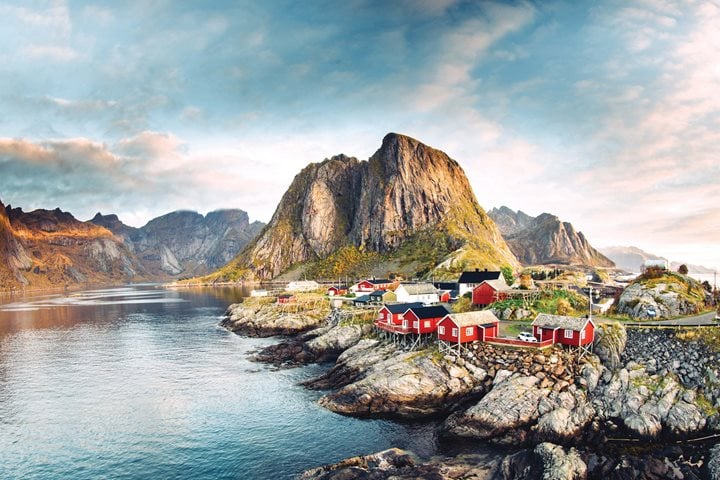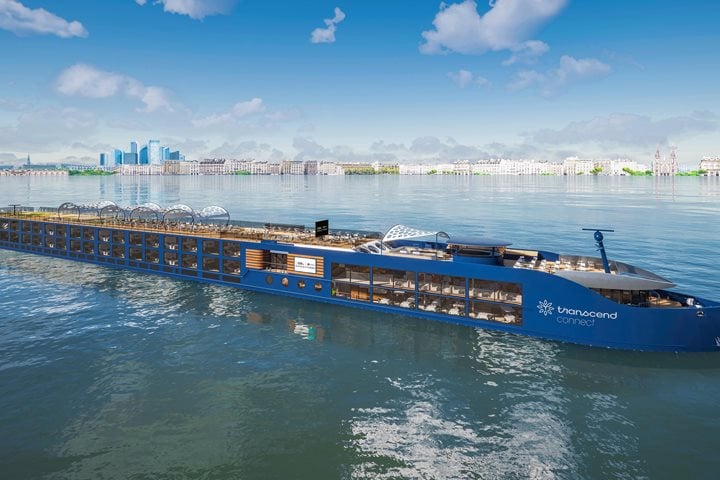No travelogue, documentary, or museum exhibit will give you a more intimate look at a place and its people than the experience of eating the local cuisine.
The beloved specialties of a region are as telling as any written history: The al pastor tacos of Puebla hint at the Lebanese immigrants who brought shawarma with them to a new homeland. The bouillabaisse of Marseille tells of local fishermen coaxing a meal out of local herbs and the catch they couldn’t sell at market. Dishes reappear from place to place, each stamped by local preferences and ingredients—piperade, tian, ratatouille, pisto. Culinary rituals, too, are revealing: the long, leisurely communal meals of the Mediterranean reveal as much about values and culture there as does the ubiquity of to-go coffee cups in New York City.
On Lindblad Expeditions-National Geographic’s brand-new itineraries in Southern Europe and the Mediterranean, culinary experiences are a fundamental part of getting to know these vibrant places. “What’s really special about the Mediterranean is that more than just cuisine, it’s about traditions, it’s about rituals, it’s about where it sits in the world—it’s a huge melting pot of cultures,” says Ana Esteves, Vice President of Hotel Operations, who oversees culinary programming for the Lindblad Expeditions-National Geographic fleet.






